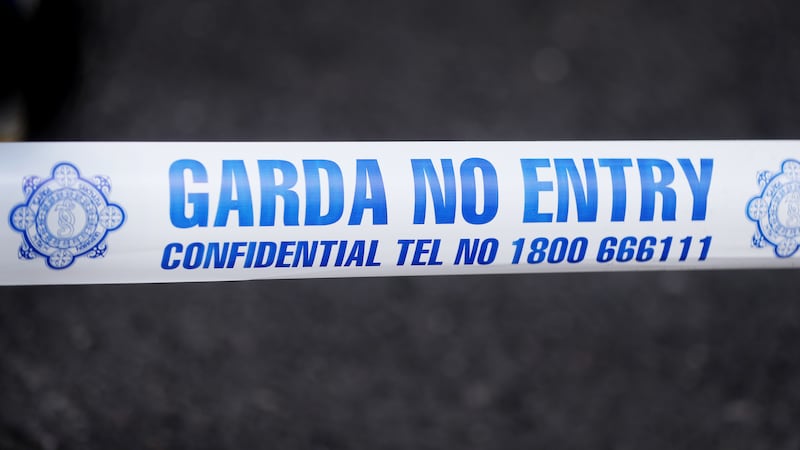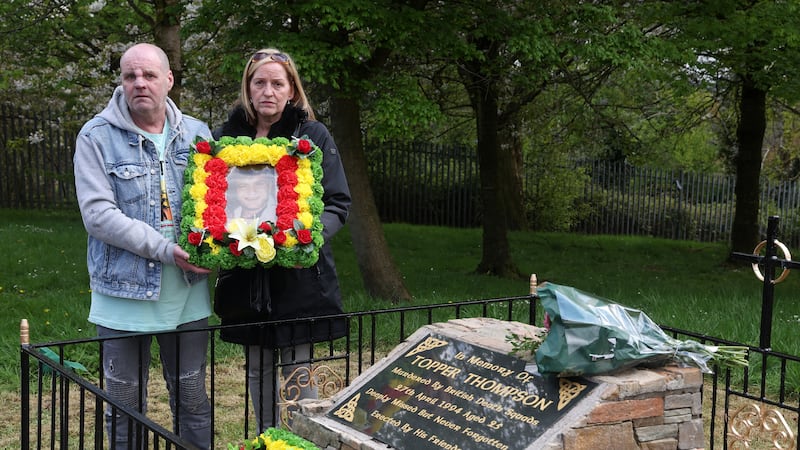A MAJORITY of universities in Britain admit fewer than 5 per cent of poor white students, a report has found.
According to the National Education Opportunities Network (Neon), young white people receiving free school meals are the least likely of any group to enter higher education, next to those from Gypsy/Roma backgrounds.
If all universities could admit at least 5 per cent white students from low participation neighbourhoods (LPN), there would be nearly 10,000 more students in higher education.
Neon analysis suggests that currently 54 per cent of institutions meet this quota.
Students from LPNs are more likely to be taking higher education courses in further education colleges, Neon said.
The study also found that fewer than 20 per cent of universities have targets for admitting white working-class students.
But it also showed that more than 90 per cent are trying to increase higher participation for these learners.
Dr Graeme Atherton, director of Neon and co-author of the report, said: "This report shows that, while there is some innovative work being undertaken in the HE sector to address the low levels of participation of this group of students, big variability exists in their chances of participating in HE across providers.
"We need to know more about why this variability exists and do more to eliminate it."
The authors of the report - Working Class Heroes - make several recommendations.
These include setting specific targets for poor white students entering higher education, and redefining widening participation target groups.
The research produced by Neon draws on Ucas data from 2016/17, a survey of more than 50 higher education providers looking at the work they are undertaking with this group of learners, and also examines Access and Participation Plans for more than 120 institutions.
A spokeswoman for Universities UK said: "Universities are committed to widening access to higher education and ensuring the success of all their students, regardless of their background.
"Eighteen-year-olds from the most disadvantaged areas in England are more likely to go to university than ever before, but we know that a number of challenges and disparities remain between different groups.
"We are supporting universities in their efforts to build on work that has increased the number of students from diverse backgrounds in recent years."
UK Education Secretary Damian Hinds said: "Whilst it's right that we celebrate the record rates of 18-year-olds from disadvantaged backgrounds going to university, there is clearly more to do to make sure everyone who has the talent and potential can thrive in higher education.
"White British disadvantaged boys are the least likely of any large ethnic group to go to university. We need to ask ourselves why that is and challenge government, universities and the wider system on it.
"Universities need to look at the data, including dropout rates, outreach activity and admissions policies to make sure they are improving their access and successful participation."




